Gaming producers are joining forces to be earth-friendly and to integrate something important into their games. Companies such as Ubisoft, Microsoft, SEGA and others teamed up and started a green initiative to support more sustainable gaming and educate gamers on climate issues. Now we have to be environmentally cautious both in real life and in the virtual one.
The modern day video games industry is present in our lives more than ever. Being one of the fastest growing industries in the world comes with a cost for the environment. For instance, since 2015, over 8.9 billion kg of CO2 have been produced to manufacture Sony Playstation 4. Despite that, game makers have the power and influence to contribute to a good cause. From recycling to deforestation, video game companies use their craft to educate gamers on how to be eco-friendly.

Seeing things as they might be in the future while playing your favourite game can be an eye-opening experience.
With the help of modern technologies, companies can create a real-like environment which gamers can reflect upon to better understand the climate issues. Here are just a few examples of video games that include environmental issues in their storyline: Plasticity, Lumino City, Civilization VI: Gathering Storm, Beyond Blue and Subway Surfers.
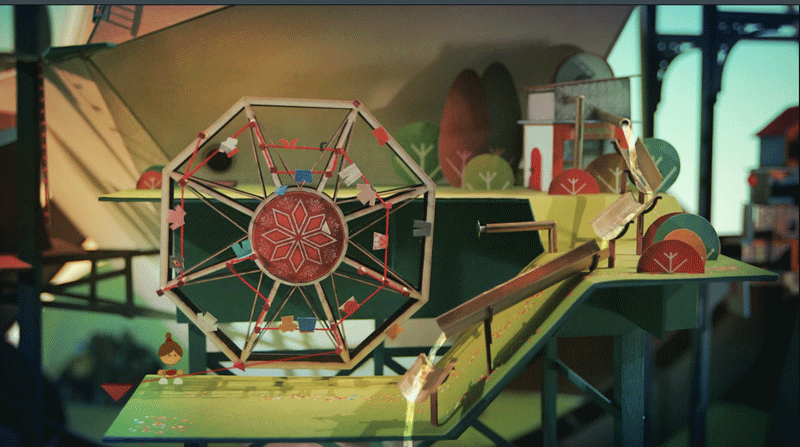
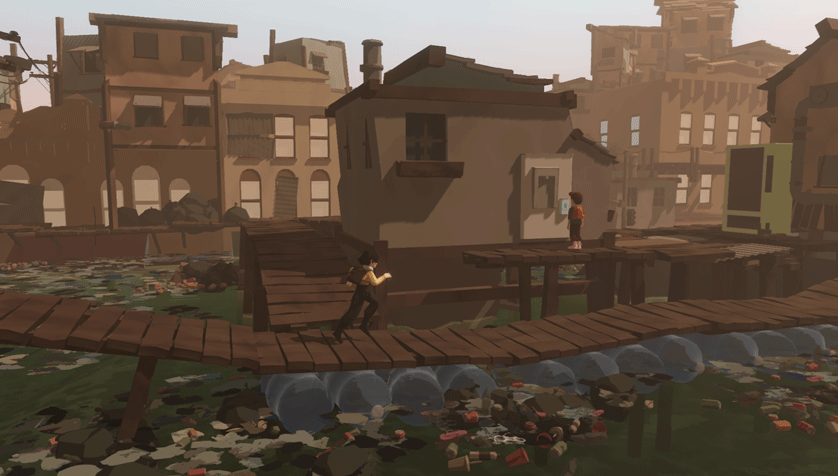
Quests like Lumino City and Plasticity teach players about recycling and irreversible damages that plastic pollution does to the Earth. Gamers can take measures to stop plastic pollution and save what is left by properly using the resources. These quests are fun, engaging and suitable for different age groups.
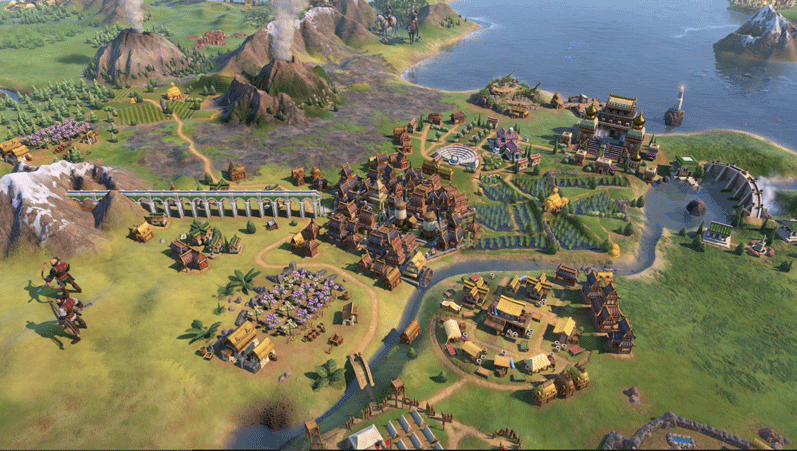
In Civilization VI: Gathering Storm, users can see how their actions might affect the civilization and the climate in the future. By being reckless with your decisions, you may cause river flooding, an increase in CO2 emission and a loss of polar ice. “We feel like we don't have to make a political statement, but we can take the common wisdom of the vast majority of the science community and embed that in the game and that becomes something really interesting for players to be able to engage with,” says Ed Beach.
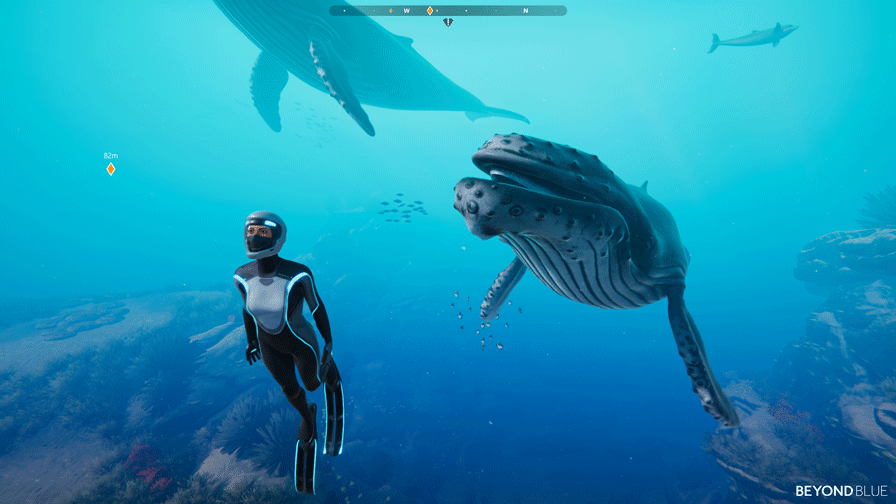
When it comes to the underwater habitats, Beyond Blue gives players a chance to be a marine scientist who discovers and interacts with the underwater world. By doing so, the explorers have a chance to learn more about the depths of the ocean and the marine life.
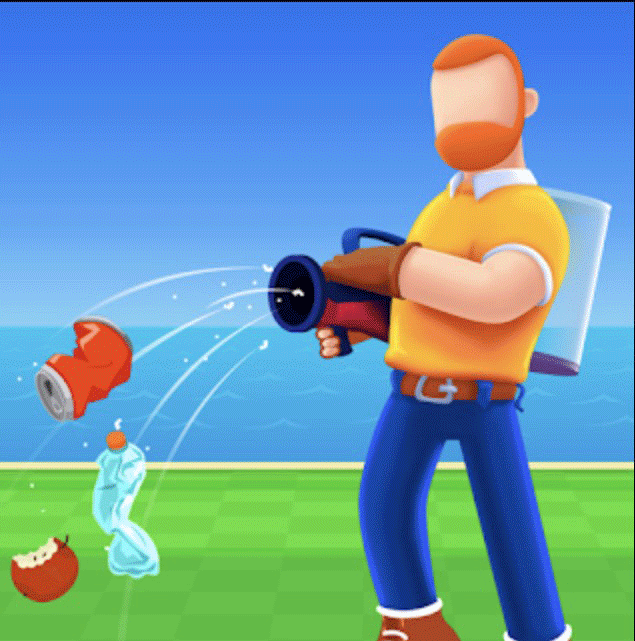
Working together, companies started a project called “Playing For The Planet.” The Alliance started operating in 2019 during the UN Climate Action Summit. The members have made a commitment to integrate more green initiatives into their games, reduce excessive emissions, help with climate change and reach carbon neutrality by 2030. This project aligns with the United Nations Sustainable Development Goal of Climate Action.
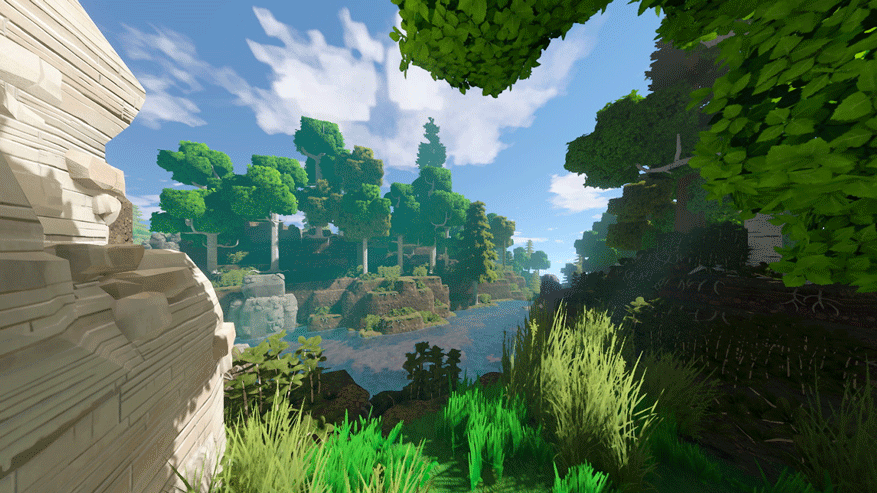
Do you think saving the planet in virtual reality has the potential to save the real world?
To find out more about how the game industry is involved in the climate initiatives follow the annual report made by Playing for Planet.
